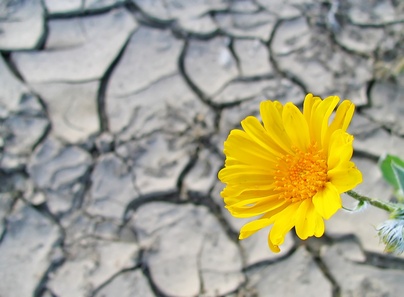The word ‘resilience’ has been on my mind these last few days. In science, resilience is the ability of an object to spring back to shape; elasticity. In psychology, resilience is the ability to adapt well in the face of adversity, to overcome personal setbacks. I’ve been hearing examples of resilience from many friends as of late.
In June of 2013, over 100,000 people in southern Alberta, Canada were forced to evacuate their homes because of flooding. Good friends of mine were a part of that group.
In the last several weeks, hundreds of thousands of people in Australia are witnessing infernos ravage their homes and communities. Their ability to push through this unexpected and sudden event, to be optimistic and hopeful that circumstances will improve, epitomizes the meaning of resilience.
In fact, examples of resilience are around us each day. Survivors of natural disasters, survivors of violence, those dealing with divorce, those dealing with the death of a loved one. Being able to cope and overcome the pain from these events is what resilience is all about.
How to Build Resilience
In doing research for this post, I came across a concept called Post Traumatic Growth. Post Traumatic Growth comes from the discovery that many people who survive traumatic experiences actually end up becoming stronger as a result of the trauma. Researching their experiences of trauma are helping us better understand resilience.
The American Psychological Association has a great article on resilience. I took the liberty of summarizing their tips and combine it with some of the lessons clients have taught me about resilience. I’ve put it into an acronym called CARTS.
1. Change Perspective. When Mr. Fred Rogers was a child and frightened of things he saw on T.V., his mother would tell him, “Look for the helpers. You will always find people who are helping.” As my friends in Calgary talk about what it’s been like to put their lives back together, they also talk about the incredible gestures of support they’re receiving from complete strangers. Reminding ourselves that there are helpers in disasters changes our perspective about traumatic events – an important piece for building resilience.
2. Acceptance. Accept that change is inevitable. As much as we wish things would remain the same, a life without change is impossible. To help build resilience, accept the fact that things outside of your control will always occur.
3. Relationships. Research has shown that resilient people have close, meaningful relationships. Specifically, they have at least one person in their lives who believe in their ability to succeed and overcome adversity. Having relationships with people who believe in us is important for building resilience.
4. Trust. Although it may seem at first that our circumstances will not improve, having hope, faith, and trust that things will change is important for overcoming tragedy. Having a positive outlook will strengthen your resilience.
5. Self-Discovery. Survivors of trauma and painful events say that the experience provided them with incredible life lessons and personal discoveries. They discovered just how strong they really were. Reflecting on the lessons learned from a painful event helps to keep you resilient.
In the end, resilience is best summarized by what Friedrich Nietzsche said: “That which does not kill us makes us stronger.” When we see or hear of some traumatic and unfortunate events happening in another person’s life, we may wonder how someone could ever overcome it. The truth is, we all have the potential to be resilient. It’s a gift we all have.
Hoping this information helps to remind you of your own resilience….
Links related to this Post
- Here’s a brief video on the topic of resilience. Pay attention to the 56-second mark. It’s a glimpse of a very resilient individual – Nick Vujicic
- Click here for APA’s article on resilience.
- Click here for an article by Dr. Martin Seligman – a pioneer in the field of positive psychology and thought leader on resilience.


